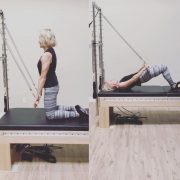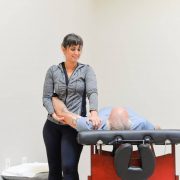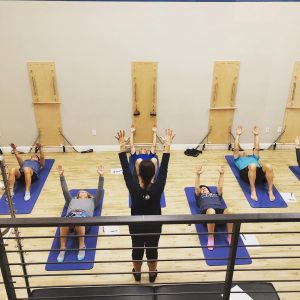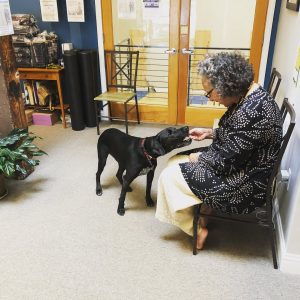Noticing More Knee Pain during Quarantine?
Aside from back pain, the second most common complaint bringing people into our office these days is knee pain, and lately, I’ve seen a little surge.
Here’s why…
People are sitting a lot more, which leads to increased stiffness in your knees. And a lot of us are doing different kinds of activities than we did 6 weeks ago, which for some, is exposing knee problems they never knew they had.
I spoke to one gentleman last week (we’ll call him “Jack”) who had started walking every day, and running a little bit, because his gym had closed. After about 4 weeks of this, he began experiencing pain in the front of his knee. He put some ice on it, took a break from his daily walks and running, and also resumed some stretches that a former physical therapist had told him to do. This seemed to help, so he resumed his walks and running again. Three days into it… bam… his knee pain returned.
Our specialist team has opened up our schedules to answer people’s questions about what they can do at home right now to take care of any aches or pains.
So Jack took us up on that, because he wanted to know if his knee pain was something to worry about. Did he need to see a doctor? Did he need to let it rest some more? Were there specific exercises he could do?
He did NOT want to stop his walking and running routine, but he definitely didn’t want his knee to get so bad that it would keep him from returning to the gym when it opened back up. He’s 55 years old and staying active and mobile is VERY important to him. We spoke for about 20 minutes and I knew immediately that rest wasn’t going to work, and that X-rays or medication from a doctor wouldn’t do anything either. Those things would only mask the problem. They would take care of the pain in his knee – but wouldn’t correct the source of his problem.
Ironically, the truth about knee problems is that they’re often not actually knee problems!
With most knee pain, we can trace the underlying issues to a locality directly below the knee (the ankle or foot) or directly above it (the pelvis, hips, core, and low back). If you don’t engage your core throughout your daily movement, it actually puts a huge amount of strain on your knees. As your legs swing and rotate, the torque that should be occurring through your pelvis and hips gets overloaded onto your knees. So as we age, we may start feeling a sense of wear and tear or weakness in our knees that actually comes from a lifetime of improper movement.
The mainstream medical model is focused largely on treating symptoms rather than identifying the root cause of WHY the problem is occuring in the first place.
Pain pills, injections, and even surgery are often recommended before more conservative and natural treatments! And because these quick fixes are merely addressing the symptoms, the physical problems return for the majority of affected individuals. That’s because those knee issues actually stemmed from a different part of the body, and the knee will continue to be overloaded until those biomechanical problems are addressed directly!
Yes – we were able to figure ALL of this out from a FREE phone session.
The next step for Jack was an evaluation with our knee specialist. We scheduled a virtual session over Zoom, she was able to confirm the source of the problem. Turns out the muscles in his hips weren’t firing like they should and it was causing his knees to compensate and work harder than they needed to, which resulted in pain. So we got him doing the correct stretches and specific exercises that would train his hip and pelvis to work like they are supposed to.
In no time, Jack will be back to his walking and running routine, but he will ALSO be in better shape to return to the gym. One of his frustrations before was not being able to do as many squats as he wanted – because they hurt his knees. He had no idea that the problem was actually coming from his hips! So he is pretty excited to try his squats again once his gym opens back up.
If Jack’s story sounds familiar to you, schedule a call with us.
There is no point in sitting at home worrying, or scouring Google for what you should do to fix your pain. We can figure out what’s going on with you over the phone and I’ll let you know if you need to schedule a session with us, see a doctor, or if it’s something you can take care of on your own.


















